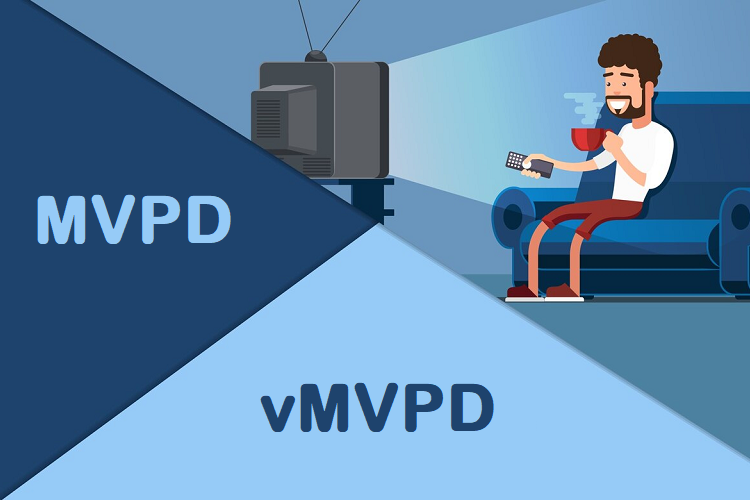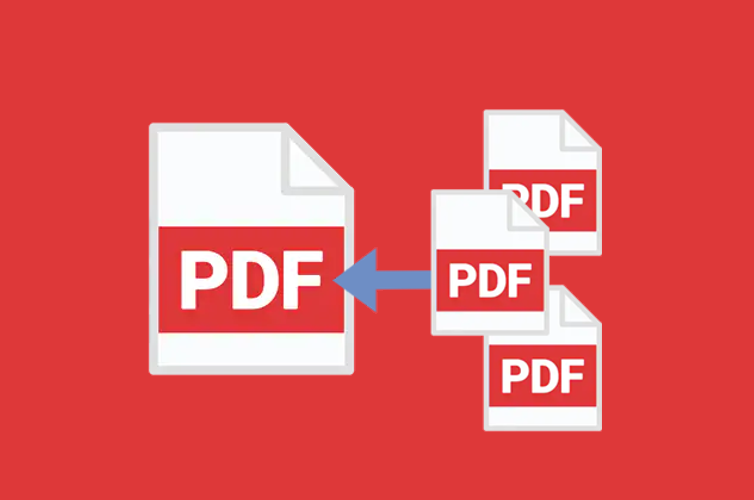MVPD and vMVPD are the most popular ways to watch television today. Both offer a wide selection of channels, but there are some key differences that make them unique.
Conventional MVPDs (multichannel video programming distributors) and their virtual equivalents, vMVPDs (virtual multichannel video programming distributors), have become essential actors in the quickly changing television distribution scene.
It becomes increasingly important to comprehend the distinctions between these two models as customers continue to demand customization and flexibility from their viewing experiences. The differences, benefits, and difficulties between MVPD and vMVPD are examined in this comparison.
Definition and Overview — MVPD (Multichannel Video Programming Distributor)
“Multichannel video programming distributor” is the meaning behind the MVPD acronym. It alludes to a particular service provider that gives customers access to numerous television channels. MVPDs have typically been connected to television services offered by cable and satellite companies.
Important Features of MVPDs
- Cable Providers: Many MVPDs use coaxial or fiber-optic cables to transmit television content over cable networks.
- Satellite Providers: Certain MVPDs send television signals via satellite technology to reach a larger geographic area.
- Fiber-Optic Providers: Some MVPDs use fiber-optic networks to send data quickly, providing internet and television services.
- Channel Bundles: Most MVPDs provide subscription packages with various channels, from premium networks to primary local media.
- Set-Top Boxes: Members frequently require an MVPD-provided set-top box to access the television content. These devices decode and display the television signals on the user’s television.
- Contracts: Long-term agreements with fixed durations and early termination penalties have been a feature of traditional MVPDs.
Definition and Overview — vMVPD (Virtual Multichannel Video Programming Distributors)
“Virtual multichannel video programming distributor” is what vMVPD stands for. In contrast to conventional MVPDs, like cable and satellite providers, it represents a contemporary, digital delivery method.
Important features of vMVPDs
- Internet-Based Delivery: To send television content to subscribers, vMVPDs use fast internet connections.
- Device Compatibility: Smart TVs, computers, tablets, smartphones, streaming media players, and smart TVs are just a few devices on which subscribers can view vMVPD content.
- None of the Above: Unlike conventional MVPDs, vMVPDs frequently disregard the requirement for proprietary set-top boxes.
- Versatile Subscription Models: vMVPDs frequently provide users with more customizable à la carte plans or channel bundles. These more flexible subscription options are available to users.
- Geographic Accessibility: Because vMVPDs are internet-based, they are not restricted by physical infrastructure’s geographical constraints.
- Cost-Efficiency: Because vMVPDs do not need proprietary set-top boxes or the installation of physical infrastructure, they frequently have lower upfront costs than traditional MVPDs.
MVPD and vMVPD: Key Differences
Delivery Mechanism
- MVPD: Content delivery depends on physical infrastructure, such as fiber-optic networks, cable, and satellite systems.
- vMVPD: Provides more Accessibility and flexibility by streaming content via an internet connection.
Hardware Requirements
- MVPD: Usually needs a satellite dish or set-top box to receive content.
- vMVPD: Removes the need for proprietary hardware by operating on various devices, including streaming media players, smartphones, tablets, and smart TVs.
Models of Subscriptions
- MVPD: Frequently entails long-term agreements with set channel packages, which reduces flexibility.
- vMVPD: Typically provides more adaptable subscription plans that let customers select from various channel bundles or go with a more à la carte strategy.
Regional Restrictions
- MVPD: Service is restricted to particular areas due to physical infrastructure limitations.
- vMVPD: Broadening market reach, offering services to anyone with a dependable internet connection, regardless of location.
Cost Structure
- MVPD: Extra costs for HD channels, equipment rental, and installation may apply. Bundled packages may result in different prices.
- vMVPD: Since it does not require proprietary hardware, it frequently has lower upfront costs. There may be greater transparency regarding subscription costs and the ability to select plans according to personal preferences.
Benefits of MVPD
- Dependability: MVPDs, particularly in locations with strong signal reception, have firmly established, dependable infrastructures that provide consistent broadcast quality.
- Live Events: Conventional MVPDs are great at providing live events with low latency, like sports, so that viewers can watch in real time.
- Channel Lineup: To accommodate a wide range of audience preferences, MVPDs frequently offer various channels. Traditional packages provide a one-stop shop for entertainment.
Benefits of vMVPD
- Flexibility: With their subscription models, vMVPDs allow users to modify their plans following their evolving preferences without committing to a long-term agreement.
- Device Compatibility: vMVPD services are more convenient and accessible when streaming content on various devices, such as smartphones and smart TVs.
- Cost-Efficiency: Because vMVPDs frequently have transparent pricing structures and lower upfront costs, they are a desirable choice for customers on a tight budget.
- Geographic Accessibility: vMVPDs can reach a wider audience, including rural or underserved areas, without relying on physical infrastructure or requiring significant infrastructure investments.
Challenges
- Bandwidth Dependency: Because vMVPDs depend on internet access, they may not be suitable in places with erratic or slow internet service.
- Content Availability: Although vMVPDs provide many channels, licensing agreements may cause regional differences in content availability.
- Learning Curve: Customers used to traditional cable setups may need help to adjust to internet-based streaming after switching from standard cable.
Future Prospects for Television Distribution
Both the MVPD and vMVPD models have a place in the market, and the landscape of television distribution is still changing. These models may combine in the future, with virtual platforms improving their content libraries and broadcast quality and traditional MVPDs adding more customizable subscription options. For now, however, the two act as separate entities.
The decision between vMVPD and MVPD is influenced by various factors, including personal preferences, regional considerations, and the significance of attributes like cost, flexibility, and dependability.











